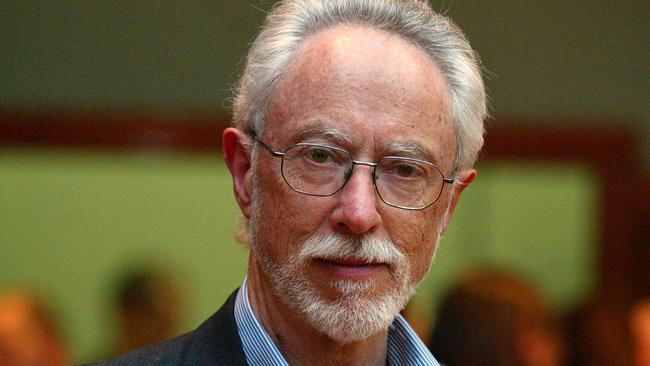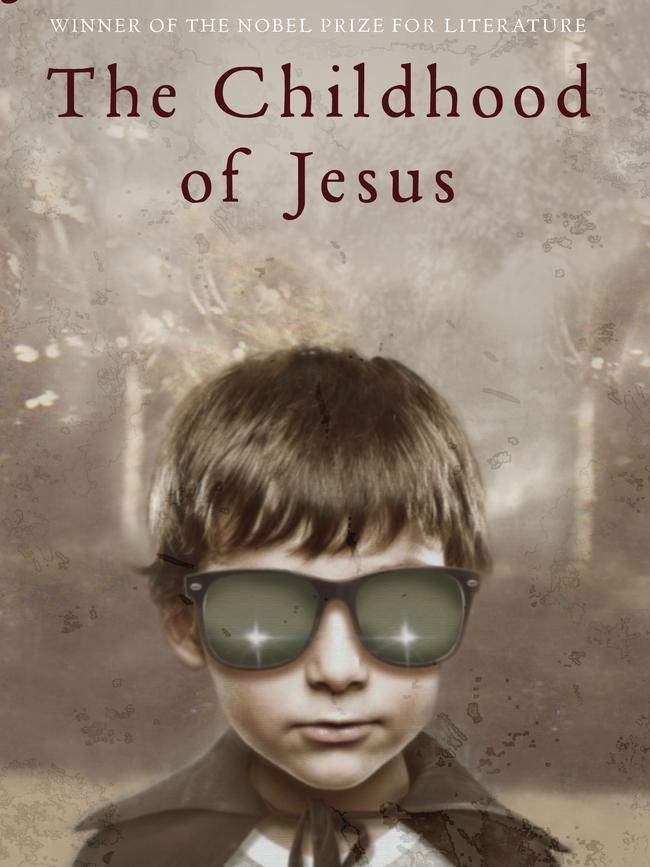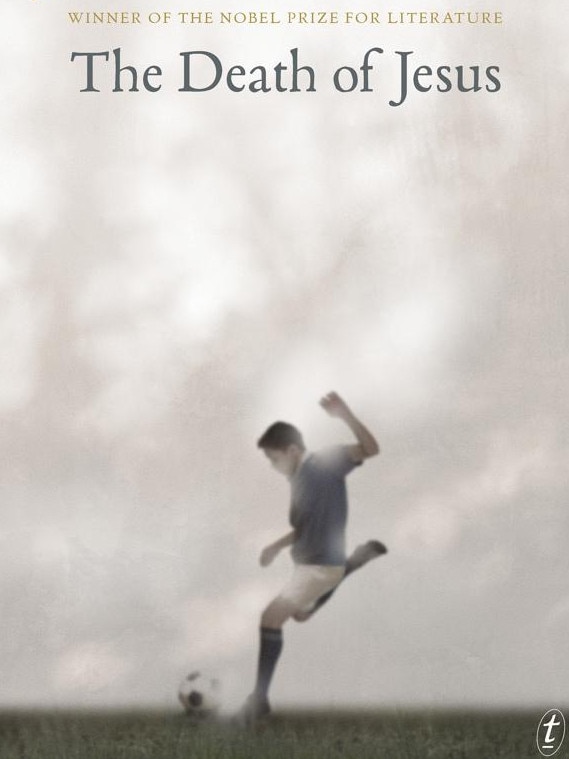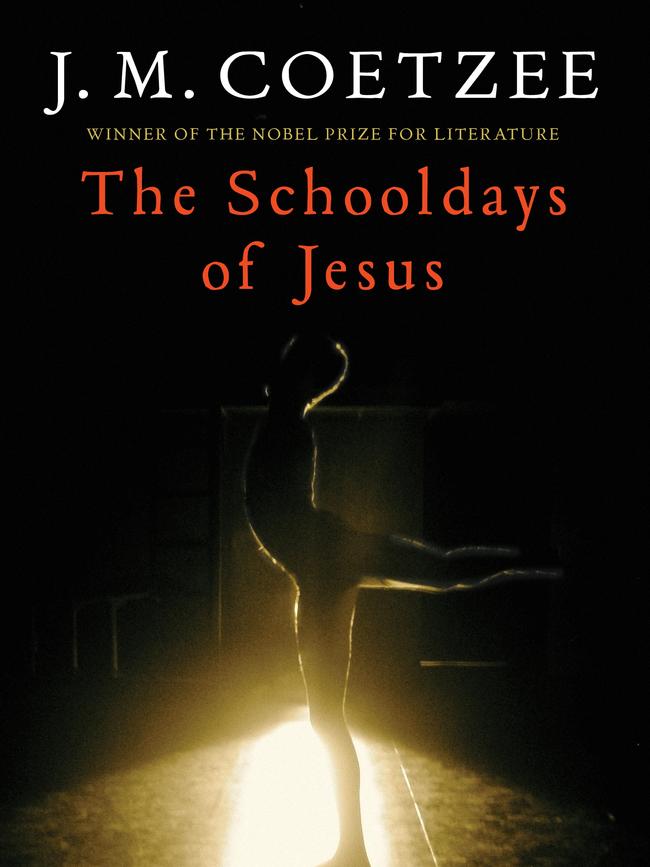Born again: JM Coetzee’s trilogy
JM Coetzee’s trilogy of Jesus books contains truths unsullied by the passage of time.

Back in 2013, JM Coetzee, a writer whose fictions had long combined philosophical investigation, formal experiment and political engagement, published a novel that seemed in some respects typically ‘‘Coetzean’’. Yet it unfolded in a manner unlike anything he had written before.
Gone were the livewire intensities of contemporary politics, ever-present in Coetzee’s South African-era fictions despite the fabulist forms or metafictional devices employed by the author to disguise them.
Gone, too, was the psychological depth that fleshed out his most memorable characters, replaced by a mysterious, radically circumscribed sense of self.
Instead, readers entered a world that combined elements of Latin American language, place and culture, though wholly bare of real-world referents.
And the story it had to tell proceeded as an amalgam of Christian narrative (the apparently parentless arrival of a very special child) and the secular structures of the Western novel, a form inaugurated by Miguel de Cervantes’s Don Quixote.

Unsurprisingly, The Childhood of Jesus met with perplexity as much as admiration. It eluded and elided the usual categories.
If, as Aristotle believed, plot is the life and soul of tragedy, and by extension that of fiction, Coetzee’s new work took two of the most well-established plots in Western culture — one a quest narrative, the other a messianic account — and pleached them together.
The ‘‘soul’’ of the narratives that followed, The Schooldays of Jesus in 2016 and now The Death of Jesus, is necessarily blended. Coetzee’s triptych represents a secularisation, via the novel form, of the New Testament’s sacral books on one hand, and a consecration of the fictive imagination on the other.
The Jesus referred to in the titles could as well be Cervantes’s ‘‘Knight of doleful countenance’’ as St John’s ‘‘Lamb of God’’.

The Death of Jesus both extends on and then abruptly end-stops this project.
It opens a year after the events of The Schooldays of Jesus, in which David, the fey and adamant boy raised by two protectors — Simon and Ines — attends a dance academy in a provincial city named Estrella.
Simon is a man in late middle age who acts as a dull if thoughtful Sancho to David’s Quixote. Ines is an unmarried woman who adopted David out of an inexplicable compulsion soon after he arrived, in Simon’s care, from a refugee vessel, his parents and earliest years a blank.
The dance academy furnishes the boy with an eccentric education. Though he drives his maths teacher mad with rolling refusals to acknowledge the utilitarian calculus of arithmetic, during dance classes he abandons himself to a controlled yet ecstatic celebration of numbers as supernatural figures, their mystical natures available only through music and movement.
David’s schooling is interrupted by an adult act of violence perpetuated by a museum attendant named Dmitri, an enthusiastic sinner and serial self-abaser straight out of the pages of Fyodor Dostoevsky.
He befriended David, and what happens to him powerfully affects the boy. Dmitri’s charismatic personality holds a paradoxical fascination for one raised by the tediously dutiful Simon and Ines.

A year on, in the new novel, David is a 10-year-old teetering on the edge of mature awareness. Simon, who finds it ever harder to contain the absolute certitude of his young charge, has had his parental responsibilities winnowed away. Ines spends much of her time running a clothing boutique in the town. Yet these adults have remained tied together by an obscure sense of duty owed to a boy who, increasingly, seems to have moved beyond them.
A rupture opens when Simon allows David to play a game of soccer with his local friends against a team made up of children from a nearby orphanage.
When the director of that home, Dr Julian Fabricante, takes an interest in the talented young sportsman, David responds by announcing his own orphan status, much to Simon’s surprise and dismay.
The situation escalates when David — who earlier took himself off to board at the dance academy in spite of Simon and Ines’s entreaties — decides that, as an orphan, Dr Fabricante’s small school and residential home is the place where he should properly be.
Much of the early parts of the novel describe David’s gradual, determined revocation of his protectors’ claims upon him. He soon runs away from home and makes his way to a place that accords with his sense of essential aloneness.
All this is seen through Simon’s eyes. He is a rational agent, cautious and considerate, who is eternally bested by the wilder fancies of his charge (much to Ines’s frustration, since he is a ‘‘father’’ who has failed, signally, to hold the boy within a loving domestic circle).
Simon’s virtue is that he provides a rational foil to David’s oddity and dogged certainty. He loves the boy, yes, but he asks the same questions that the reader does, pre-empting our own dubiousness regarding the ever-evolving situation.
Then, an enormity: David falls ill at the orphanage. A number of possible maladies is investigated by health professionals at the nearby hospital but, despite their efforts David grows increasingly frail. He has a rare blood type and quantities for transfusion are hard to come by. Understandably, Simon and Ines are appalled that Fabricante and his staff should have failed in their duty of care to the boy.
David’s life is one that, all who encountered him agreed, was poised to reveal something remarkable, unprecedented even. His parents are grief-stricken and perplexed by the suddenness of events. They are about to lose their special role forever.
Those pages dedicated to David’s death and its aftermath are as delicately freighted with feeling as anything in Coetzee’s oeuvre. Take this, Simon’s first visit to David’s body after being belatedly informed of his demise:
He forces himself to look at the corpse: at the wasted limbs, whose extremities are already turning blue, at the slack, empty hands, at the shrivelled, never-used sex, at the face closed in as if in concentration He touches the neck, unnaturally cold. He presses his lips to the forehead. After which, without knowing how or why, he finds himself on his hands and knees on the floor.
What is so strange and affecting about this wounded parental genuflection is that it takes place in a novel from which the religious components of the life of Jesus are evacuated. When Simon has discussed the afterlife with David — reluctantly, because the boy is certain of his impending death — the older man describes any potential afterlife in terms of the circumstances in which he and David first met:
What is it like to die? As I picture it, you lie looking up into the blue of the sky, feeling sleepier and sleepier. A great peace descends upon you. You close your eyes and are gone. When you wake, you are on a boat skimming across the ocean, with the wind in your face and gulls screaming overhead. Everything feels fresh and new. It is as if you have been born again at that very moment. You have no recollection of any past, no recollection of dying.
Even more startling is Simon’s insistence that Don Quixote himself will be waiting at the quayside of this new world, claiming him and raising him up upon his trusty steed, Rocinante.
Passages such as these suggest the 800-plus pages of the trilogy form a kind of fictional Ouroboros: the mythological snake who eats his own tail, representing infinity. This, it seems, is not a novel about a special boy; nor is it the tale of his Sancho-like companion, trapped in a limiting normalcy.
Rather, The Death of Jesus is concerned with those symbolic forms that Goethe called ‘‘schwankende Gestalten’’: ghosts of culture that haunt readers across the generations.
These symbols resist translation into thought: they are unamenable to philosophy or literary criticism. And it is this quality of resistance that grants them the aspect of truth, unsullied by interpretation, untouched by the passage of time.
Coetzee has, then, written three novels in an impossible key: using words to reveal those words’ inability to access certain symbolic forms. The result is beautiful and strange: a sort of symboliste poem in prose.
Yet the cumulative effect has its own philosophical insights, albeit couched in negative terms, by gesturing so clearly towards what is unsayable.
By taking this approach, Coetzee recalls the young French poet and future playwright Antonin Artaud, who, in 1923, sent a sheaf of poems to Jacques Riviere at the journal Nouvelle Revue Francaise.
Accompanying the poems were letters by Artaud that described the sense of impossibility that attended his undertaking.
Riviere decided, on reflection, to publish the letters but not the poetry. Only in this way could he honour the fact that it was not Artaud who failed as a poet, but, rather, poetry had failed him as an explanatory medium.
Artaud’s future was to be in the theatre, where a new language could be found for an elusive metaphysics, using the human body and voice. Perhaps this is the origin of David’s cosmic dances. And perhaps this explains why those curiosities of narrative form in Coetzee’s trilogy are in fact its central achievement.
Geordie Williamson is chief literary critic of The Australian.
The Death of Jesus
By JM Coetzee. Text, 240pp, $29.99




To join the conversation, please log in. Don't have an account? Register
Join the conversation, you are commenting as Logout